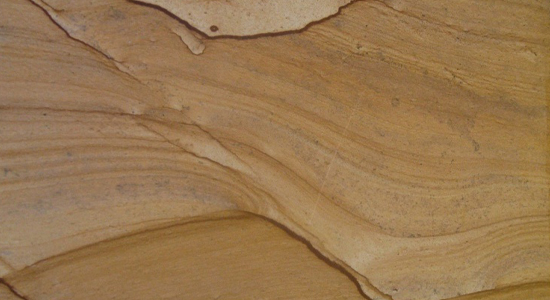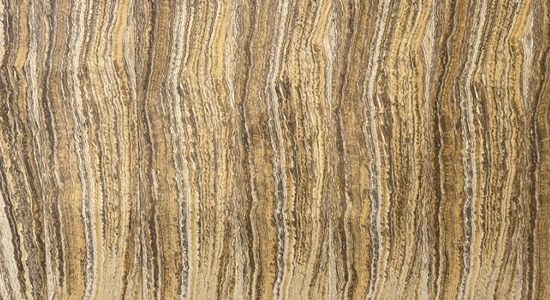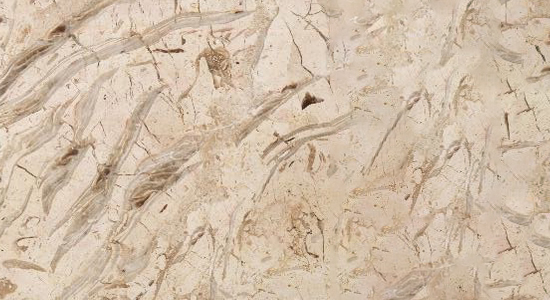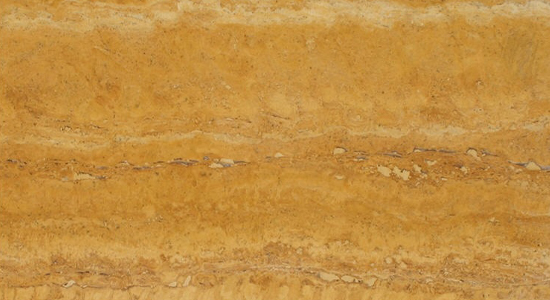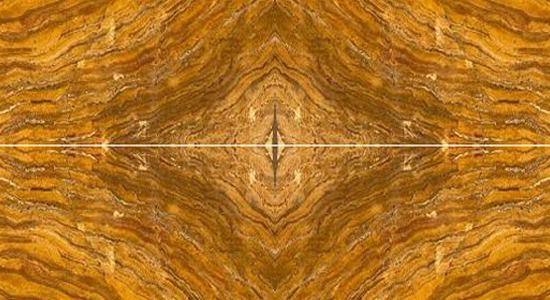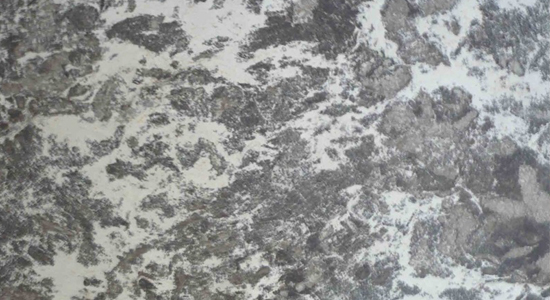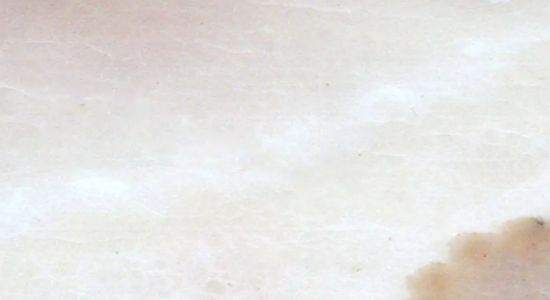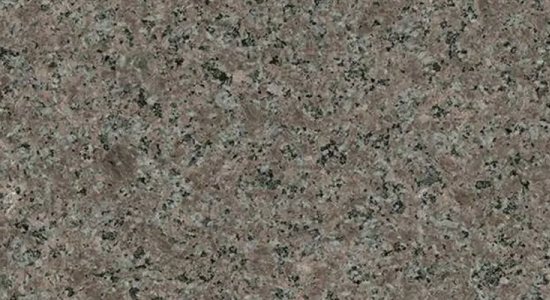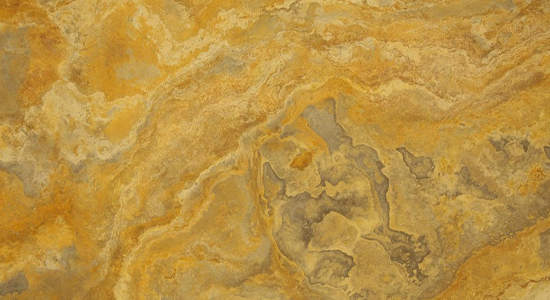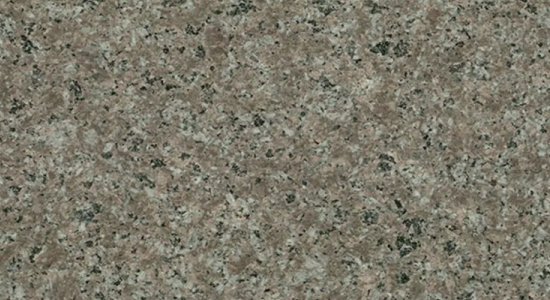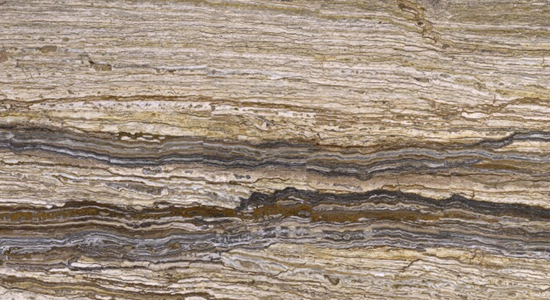Sandstone is a clastic sedimentary rock primarily composed of sand-sized mineral particles or rock fragments, most commonly quartz and feldspar, which are among the most resistant minerals to weathering. Sandstone forms through the compaction and cementation (lithification) of sand deposits, typically in environments such as rivers, deltas, beaches, and deserts.
Its color varies widely depending on the mineral content and impurities present. Sandstone commonly appears in shades of tan, yellow, red, brown, white, or gray. The presence of iron oxides can impart reddish and orange tones, while other minerals may contribute to green or purple hues. These natural color variations and stratified textures give sandstone a rustic and earthy aesthetic that is highly valued in architectural and decorative applications.
Physically, sandstone generally has a hardness of about 6 to 7 on the Mohs scale, making it harder than limestone but still workable for construction. Its density typically ranges between 2.2 to 2.8 grams per cubic centimeter. The grain size, cementing material (such as silica, calcite, or iron oxide), and porosity can vary significantly, influencing its durability and water absorption properties.
Chemically, sandstone is relatively stable but can still be affected by environmental conditions depending on its cementing material. For example, sandstone bound with calcium carbonate may react with acidic solutions, while siliceous sandstones are more acid-resistant. Like limestone, sandstone can be porous and may require sealing for use in wet or high-traffic areas.
